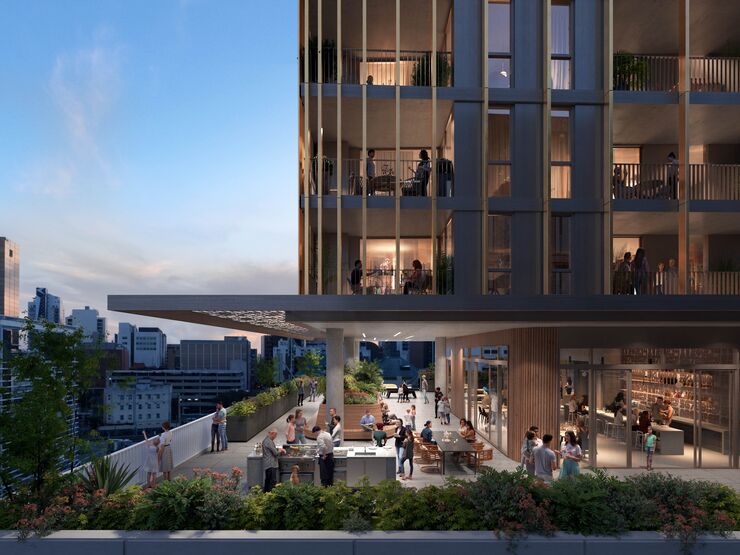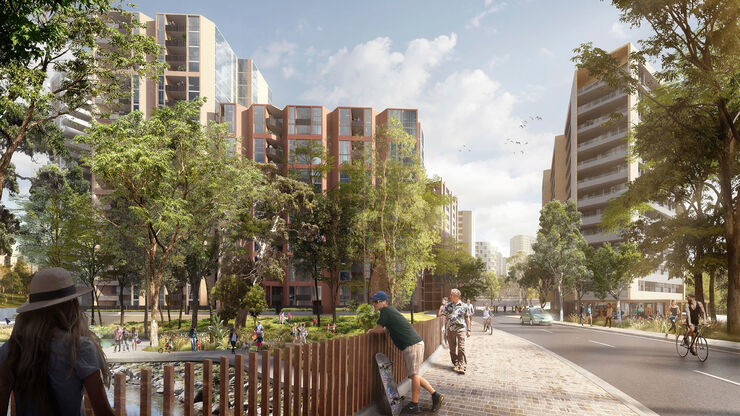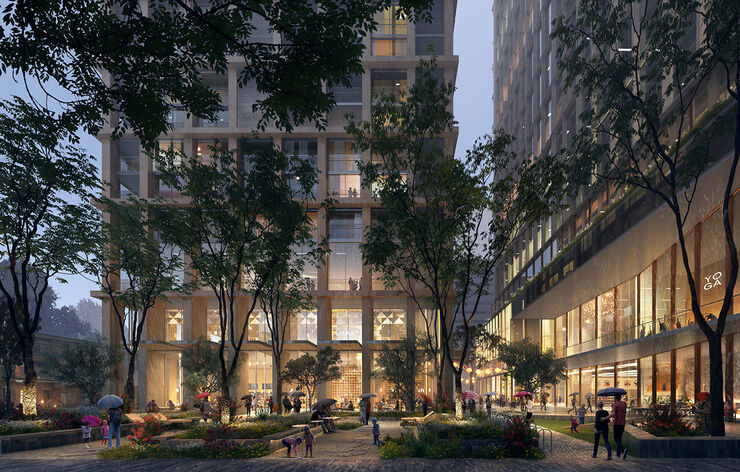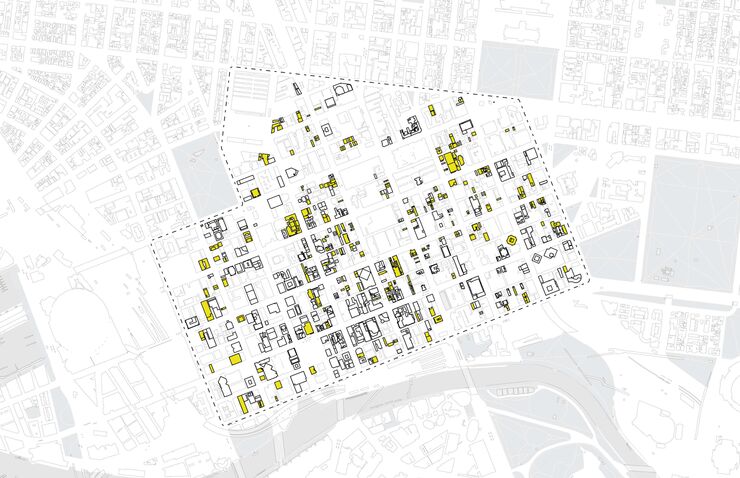Everyone needs an address: solving the housing crisis
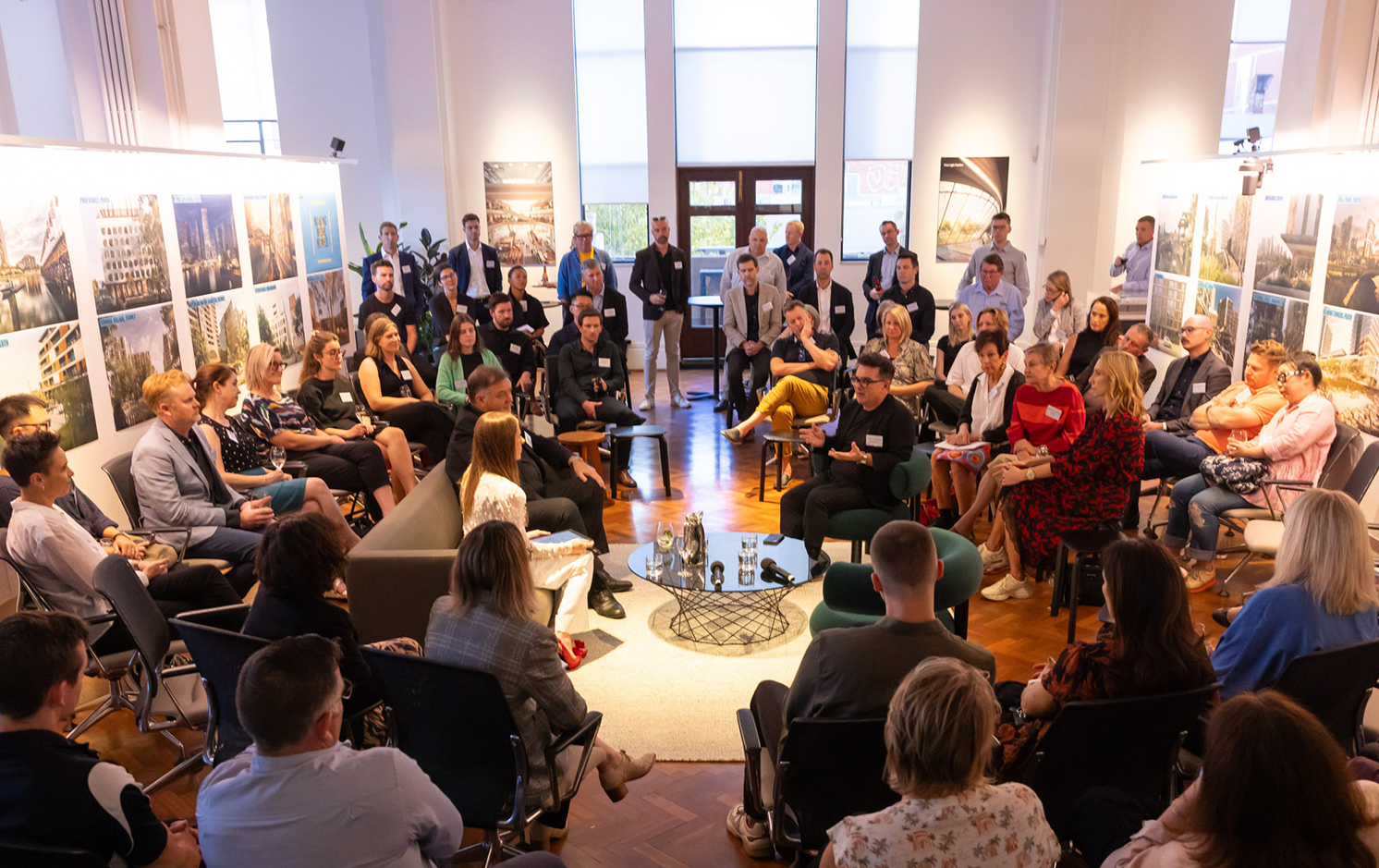
Our recent Making More Homes roundtable discussion, part of the 2024 Perth Design Week, highlighted the urgent need for collaborative efforts to create diverse, affordable living spaces.
Led by Kellie McGivern from Hesperia, David McLoughlin from DevelopmentWA and Hassell’s Peter Lee, recipient of an Order of Australia Medal for his service to community housing initiatives and architecture, the Making More Homes roundtable emphasised the need for collaboration among stakeholders, including government and the private sector, and the importance of ensuring equitable access to good-quality housing for all members of the community.
“My father, the first administrator for the alcohol authority, dedicated himself to helping others, including ex-servicemen,” says Peter Lee, a Principal at Hassell and Board Member of community housing organisation Foundation Housing. “He frequently emphasised the importance of having a stable address. We had an ex-serviceman stay with us for 15 years; he became like a grandfather to me, cherishing those years as the best of his life. It’s remarkable what having an address can truly mean.“
The conversation reinforced that Australia’s property market has the world’s largest homes. While the seemingly ubiquitous four-bedroom, two-bathroom home will always be a requirement for those who genuinely need the space, the panel agreed that we need to recalibrate our belief that this configuration of home is the only way to live comfortably.
HOW MUCH SPACE DO WE REALLY NEED?
If we are to reimagine housing in Australia, we must shift our focus from the size of individual dwellings to the quality of life they offer within the broader community. The efficient use of space, accessibility and proximity to amenities are key considerations.
According to the 2021 Census, 70% of Australian households have at least one spare bedroom; that’s 3.5 million extra bedrooms across Australia. So, how much personal space do we really need, and what are we prepared to share?
Michelle Blakeley, founder of the philanthropic company “My Home”, shared that “we have to rid ourselves of the mindset where we believe we need four bedrooms, two bathrooms, and an activity room.”
“We live in a country where the average household size is 2.49. Why do we still feel the need for four bedrooms? We have to get back to the reality of our expectations. We expect too much.”
— Michelle Blakeley, Founder of “My Homes“
To challenge housing norms, Hassell organised an installation titled Big Life-Small House during Perth Design Week at the WA Museum Boola Bardip. For the display we mapped a standard two-bedroom apartment from our 195 Pier Street build-to-rent project within the outline of a much larger typical Australian suburban lot and encouraged people to reconsider their housing preferences.
During the weeklong activation, we surveyed visitors to the exhibit to understand what considerations were important when choosing a home. Participants stressed the importance of proximity to parks, transport, and amenities, with up to 80% expressing readiness to live in smaller apartments, if such amenities were available. Many also agreed to share facilities like gardens, entertainment areas and parking to facilitate smaller living spaces.
“Build near everyday amenities, such as parks, shops, offices, public pools, gyms, public transport hubs, for example, so apartment complexes don’t need to have [the] ‘resort lifestyle’ developers are so obsessed with.”
— Big Life-Small House participant


NARROWING THE HOUSING SHORTAGE GAP
“Whether we increase rental options or adjust prices, the primary concern remains - ensuring an adequate supply of housing.”
—David McLoughlin, Design Manager, DevelopmentWA
David’s McLoughlin’s statement at the Making More Homes roundtable highlights a crucial aspect of the housing market ─ the persistent gap between demand and supply.
To address this shortage, it was agreed that a multifaceted approach is necessary. One potential avenue for accelerating construction and increasing housing supply is through methodologies, such as prefabrication, which can significantly reduce build times compared to traditional construction methods. Another alternative is for the public and private sectors to work together on more housing projects to tackle the housing supply.
The private and public collaboration is a realistic approach exemplified by the work undertaken by “My Home”. In 2023, 18 residences on Congdon Street, North Fremantle, designed for older women who are homeless or at risk of becoming homeless, were completed. The state government provided the land for a peppercorn lease and “My Home” brought together other stakeholders to fund, design and build the homes. St Pat’s, a community housing provider, manages the property. This successful model is now being replicated in other areas such as Mandurah, Carlisle, Albany, Margaret River and Mundijong.
The 195 Pier Street project by Development WA is another approach by the Australian government to address the gap in affordable and diverse housing. Announced earlier this year by Australian Prime Minister Anthony Albanese, the project, designed by Hassell, will create a sustainable and replicable model for future social and affordable housing, with the intent of expediting build and completion times.
Crucially, 195 Pier Street offers high-quality housing for all, featuring tenure-blind apartments. This means that each home maintains the same specifications regardless of whether residents are key workers, professionals or individuals on the social housing waiting list. Furthermore, if a resident later becomes eligible for affordable housing, they can remain in the same apartment without the need to relocate.

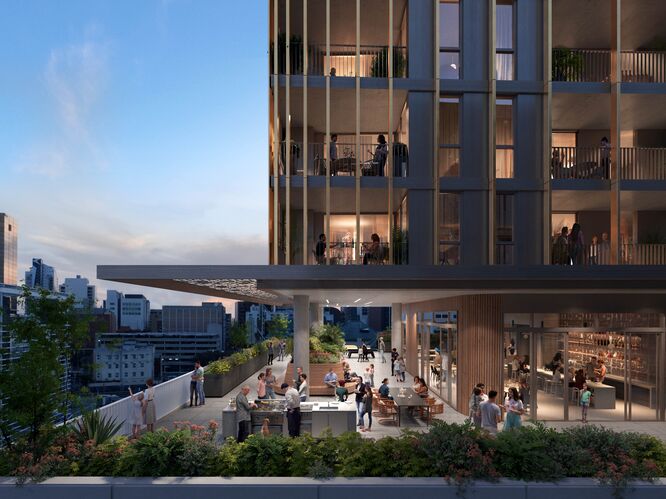
REALISING POSSIBILITIES TO MAKE MORE HOMES
Our Making More Homes roundtable discussion not only shed further light on Australia’s housing crisis but also revealed the opportunities and possibilities that can be realised when dedicated individuals within our industry strive to effect change together. It reinforced that much more needs to be done quickly if we are to close the gap between demand and supply.
The Big Life-Small House installation echoed the discussions held at the roundtable, encouraging people to reconsider the amount of space necessary for a home. Our aim with both these events is to shift perspectives and urge the public to think about the benefits of embracing compact spaces to help everyone have their own home or address.

Scan this QR code with your phone to follow Hassell on WeChat.
